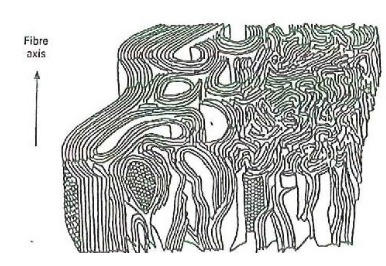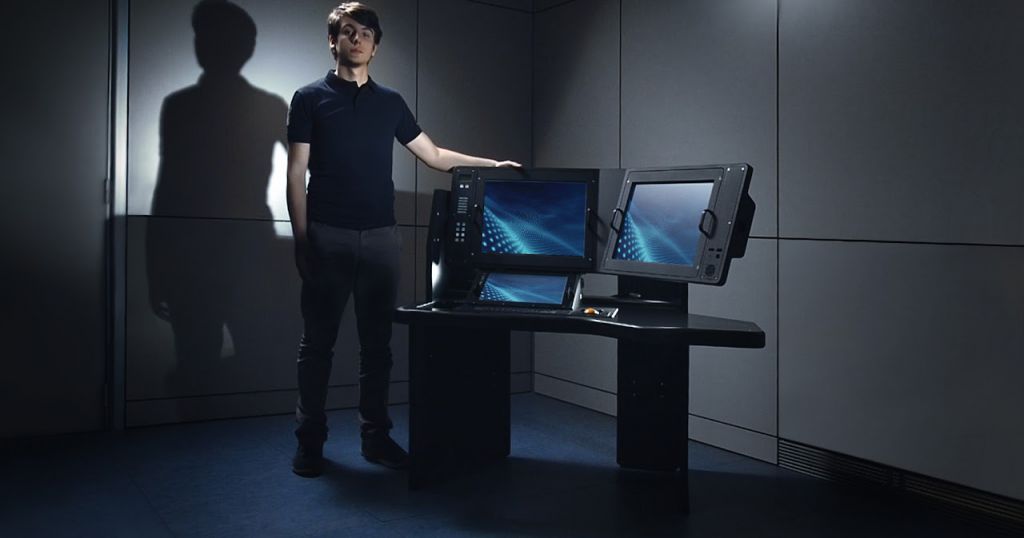Paradigm in Materials Science: “smaller is stronger”
In the current stage of technological development, the strongest materials that can be easily handled are manufactured in the form of small diameter fibres (< 200 μm). The use of fibers in structural elements has the following limitations:
Punching Surface damage (abrasion, wear and chemical attack) Buckling Optimum orientation These problems are overcome when the fibres are embedded in a continuum matrix. Composite materials were developed in parallel with the manufacturing of new fibres with high stiffness and strength. The First Reason to use composite materials is to take advantage of the outstanding mechanical properties of fibres.
The Second Reason is that the dispersion of reinforcements (either fibres or particles) can improve the matrix properties (toughness of ceramics, high temperature mechanical properties of metals, conductivity of polymers), leading to new applications.
The Third Reason is the design of materials with optimised properties (e.g. specific stiffness or strength) or with tailored multifunctional properties for specific applications (i.e. non-magnetic hulls of minesweeper, isostatic platforms for satellites with null CTE, biocompatible prothesis, etc.).
Console
CARBON FIBER MILITARY MULTI FUNCTION CONSOLE is based on the DSSA concept (Differential Shock Shell Absorber) and with its 22Kg of structure on 80Kg of total payload weight means a 72% of efficiency with respect to the best 25% of others qualified: test approved by 901D MIL qualifications @ 90G - 9ms.
The whole primary structure and side panels are made in composite materials (pultruded fiberglass and carbon fibres for panels); such parts are held together by a proprietary adhesive bonding system. The safety of that method, executed in compliance with a well proven making and testing procedure, allows the MFC to reach the most superior safety standards.
The aluminum components are Anticorodal 6082 and used only as a 3rd layer interface between secondary structures and loads. Minimum thickness of such layer is 5mm. All aluminum components are treated by chromium passivation (Surtec) before final painting and protection.
The adopted steel is exclusively AISI 316 with minimum thickness of 5mm. Such kind of material is used only to protect certain parts and as interface plate for some ancillary component.
The sandwich panels are made of pre-preg materials with a multi-directional laminate composed mainly of carbon fibres. The epoxy resin matrix has Hi-Strength and Hi-Impact resistance. The high temperatures of the curing cycle also guarantee an elevated thermal stability.
Cabinets
Electronics Enclosures Cabinets and Racks is designed according to the most stringent MIL standards and is built by using the last generation of composite materials obtained by the union of, at least, two components which have physical characteristics that make them indissoluble.
These materials are defined as fibres and matrix (epoxy resin). The union of these elements give a continuous solid material which is capable of propagating and redistributing the internal forces caused by external stress.
The addition of 50% of continuous carbon fibres in an epoxy resin matrix produce a structure of the same size. The elastic modulus of the composite materials can reach up to 400 GPa, which would be double value vs steel – with a 4-5 times higher breaking strength.
Carbon Fibres
Carbon fibres are based on the unusual properties of graphite, one of the allotropic forms of carbon.

- C fibers are very anisotropic due to their graphitic structure. They are very strong and stiff in the fiber direction, and the properties depend on the amount of graphite and the orientation of the basal planes along the fibers. This leads to a variety of fibers.
- Strength of C fibers is controlled by the presence of defects (inclusions, void).
- C fibers have good thermal and electrical conductivity and negative CTE in the fiber direction.
- High Modulus fibers are more sensitive to defects and have lower strength. They present higher conductivity along the fiber and lower (more negative) CTE.
- Transverse properties of C fibers are very different: E≈20-40 GPa, CTE = 10-5ºC-1.

Basal planes with hexagonal C structures based in very strong C-C bonds (≈ 525 kJ/m2)
Basal planes are linked by weak Van der Waals (< 10 kJ/m2), leading to ABAB... structure
Extreme anisotropy in stiffness (≈ 1000 GPa / ≈35 GPa) and high thermal and electrical conductivity along the graphene sheets
The main feature of C fibres is the orientation of the graphitic sheets along the fibres direction.
The degree of alignment of the microstructure depends on the processing route (nature of the precursor, heat treatment temperature, etc.).
In general, graphitic ribbons are oriented more or less parallel to the fibres axis, with random interlinking of the layers.





